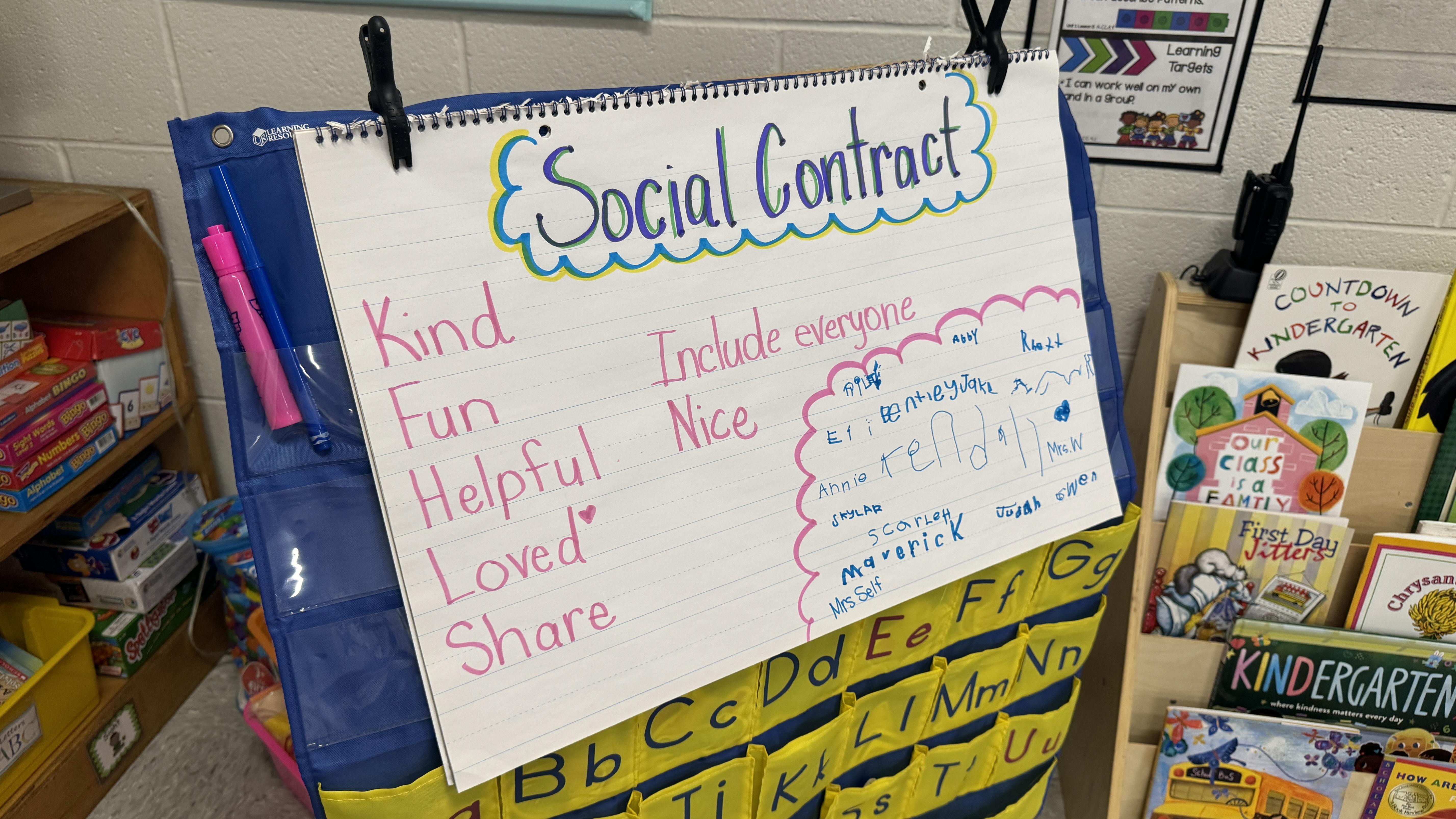Capturing Kids' Hearts
Capturing Kids' Hearts
Collierville Schools is a Capturing Kids’ Hearts District. The Capturing Kids’ Heart process is currently implemented in all nine schools in the district. Capturing Kids’ Hearts is not just a program. It’s a culture-shifting, sustainable process that can be used in classrooms, during staff meetings, in athletic programs, in cafeterias, on school buses, and in homes. As taught in the experiential trainings listed below, the process is designed to directly impact every aspect of our school community.

How does it work?
Teachers use the EXCEL model to communicate with students. Students work collaboratively to create their own rules via a social contract. Students hold each other accountable using “checks” and “fouls” An environment is created that emphasizes positivity through “good things” and “affirmations”.
Engage: Students are greeted at the door with a handshake, hug, or high-five with eye contact and a sincere welcome.
X-plore: Teachers listen and attend to the personal, emotional, and academic needs of our students.
Communicate: Teachers communicate care as well as content.
Empower: Teachers empower students to gain the ability to “use and do” the things they have been taught.
Launch: Deals with how we “end and send” our students into the world. The purpose is to start our students on a course of action by ending our classes on a powerful note.

 Additional settings for Safari Browser.
Additional settings for Safari Browser.










